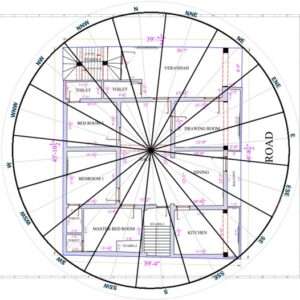Scientific Vaastu is an approach to Vaastu Shastra, an ancient Indian architectural system, that incorporates scientific principles and research into its practice. It aims to create harmonious living and working spaces by aligning the built environment with natural and cosmic energies. Scientific Vaastu combines traditional Vaastu principles with modern scientific understanding to optimize the energy flow in a space.
Scientific Vaastu is an approach to Vaastu Shastra, an ancient Indian architectural system, that incorporates scientific principles and research into its practice. It aims to create harmonious living and working spaces by aligning the built environment with natural and cosmic energies. Scientific Vaastu combines traditional Vaastu principles with modern scientific understanding to optimize the energy flow in a space.

Here are some key aspects that differentiate Scientific Vaastu from Traditional Vaastu:
While traditional Vaastu has a strong cultural and spiritual foundation, Scientific Vaastu aims to bridge the gap between ancient wisdom and modern scientific understanding. It seeks to provide a practical and evidence-based approach to designing spaces that support the physical, mental, and emotional health of the occupants.

Here are some key aspects that differentiate Scientific Vaastu from Traditional Vaastu:
While traditional Vaastu has a strong cultural and spiritual foundation, Scientific Vaastu aims to bridge the gap between ancient wisdom and modern scientific understanding. It seeks to provide a practical and evidence-based approach to designing spaces that support the physical, mental, and emotional health of the occupants.
